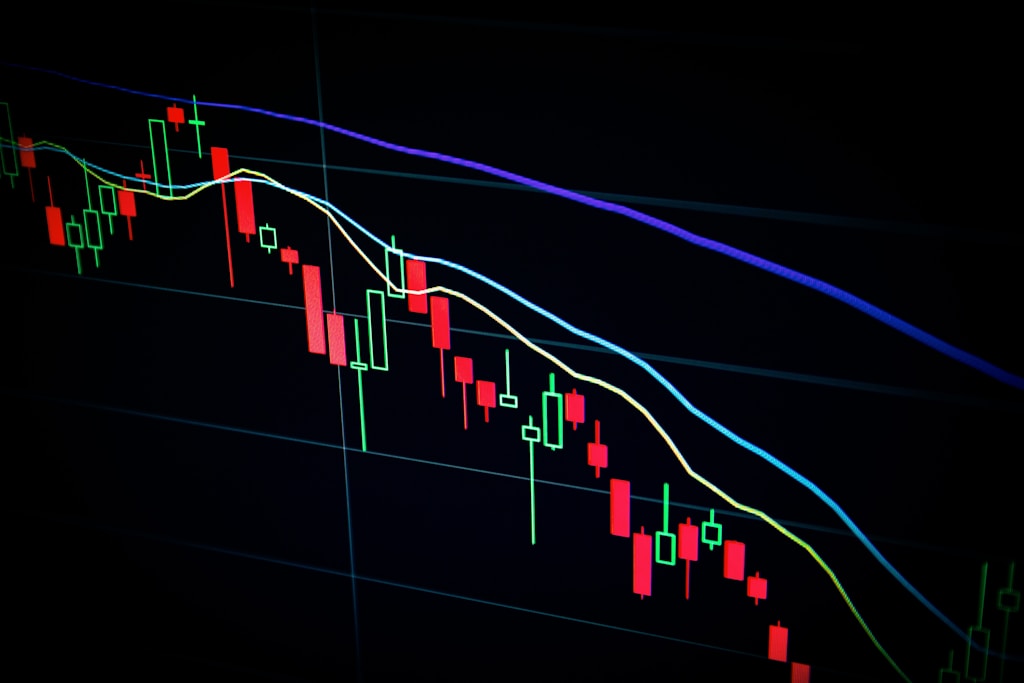In a significant development for the cryptocurrency market, Donald Trump’s Truth Social platform has taken steps toward launching its own Bitcoin ETF, marking a notable shift in the former president’s stance on digital assets. This news comes amid Bitcoin testing critical resistance levels around $107K, suggesting potential market-moving implications.
Key Developments in Trump’s Crypto Initiative
The story began with Magic Eden’s announcement of a $TRUMP wallet app, which quickly sparked controversy when Donald Trump Jr. and Eric Trump publicly denied any official involvement. However, deeper investigation reveals a complex web of connections through various Trump-affiliated entities:
- Magic Eden’s partnership with GetTrumpMemes.com
- Connection to Fight Fight Fight LLC and CIC Digital LLC
- Indirect Trump organization involvement
Truth Social Bitcoin ETF Details
According to the NYSE Arca filing, the Truth Social Bitcoin ETF represents a strategic partnership between Trump Media and Crypto.com. Key features include:
- Traditional ETF structure tracking Bitcoin price movements
- Potential access to over 140M users through various platforms
- Integration with existing crypto infrastructure
Market Implications and Analysis
This development comes at a crucial time for the crypto market, with Bitcoin ETF competition heating up significantly. The potential impact includes:
- Increased institutional adoption
- Enhanced market legitimacy
- Potential price catalysts for Bitcoin
FAQ Section
When will the Truth Social Bitcoin ETF launch?
The exact launch date is pending regulatory approval, but the filing suggests a target timeline within 2025.
How will this affect existing Bitcoin ETFs?
The entry of a Trump-backed ETF could increase competition and potentially lead to lower fees across the sector.
What are the risks involved?
As with all crypto investments, regulatory uncertainty and market volatility remain key risk factors.
Disclaimer: This article is for informational purposes only and does not constitute financial advice. Always conduct your own research before making investment decisions.





